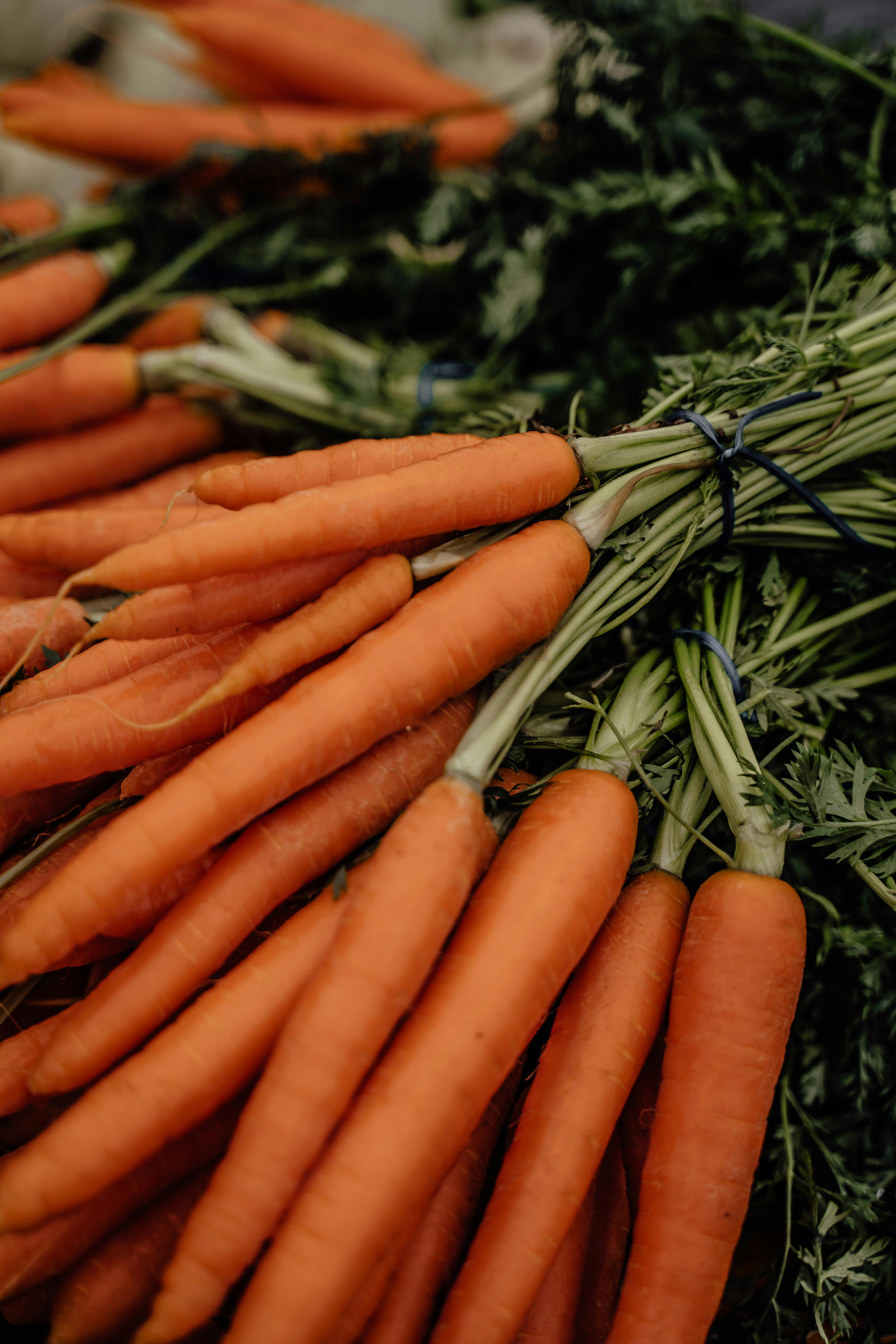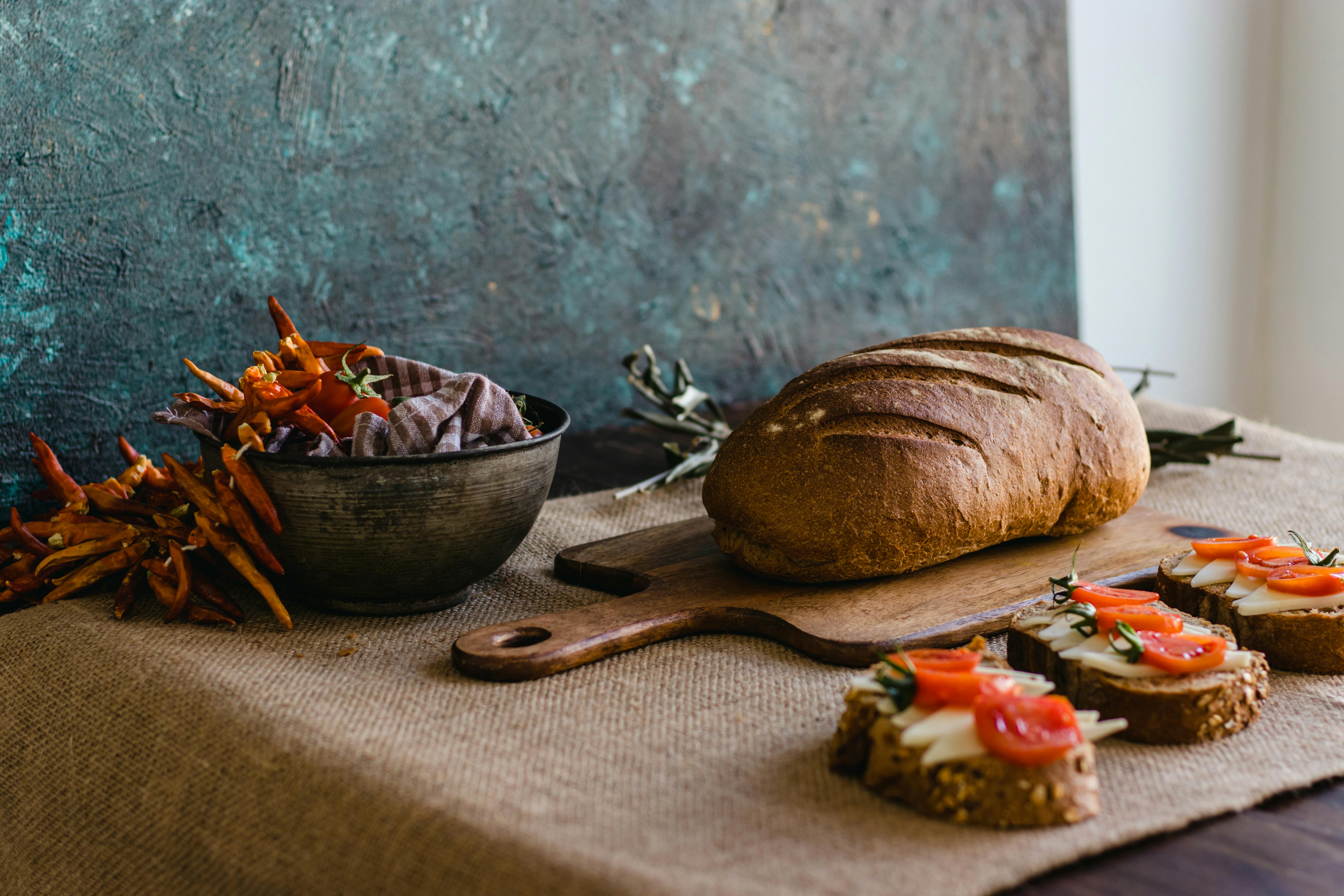
Simple Guide to an Anti-Inflammatory Diet: Essential Food List for 2025
Inflammation is a natural response of the immune system to injury or infection, but when it becomes chronic, it can lead to various health issues, including heart disease, diabetes, and autoimmune disorders. Adopting an anti-inflammatory diet can help reduce inflammation and improve overall health. This article provides a comprehensive guide to the best anti-inflammatory foods and dietary choices for 2025. You'll uncover essential nutrients to incorporate into your meals and learn how to create delicious, inflammation-fighting meals that promote well-being.
Understanding the importance of healthy eating is crucial for managing chronic inflammation. By incorporating anti-inflammatory foods into your daily diet, you can significantly lower your risk of chronic diseases, enhance your immune system, and improve your overall wellness. This guide will explore various food groups, meal ideas, and practical cooking methods to help you on your journey to a healthier lifestyle.
Key takeaways include learning about nutrient-dense foods, the benefits of specific ingredients like turmeric and fatty fish, and how meal prep can make adopting an anti-inflammatory diet easier. Additionally, you'll discover helpful tips for creating your inflammation diet plan. Click here for a deeper dive into anti-inflammatory recipes and meal plans.
Essential Foods for an Anti-Inflammatory Diet
Building on the basics of an anti-inflammatory diet, it's vital to know which foods to include and why they work. The primary focus should be on whole, nutrient-rich foods that provide antioxidants, healthy fats, and anti-inflammatory properties. Here are some categories to consider:
Omega-3 Rich Foods
Foods high in omega-3 fatty acids are known for their anti-inflammatory effects. These include fatty fish like salmon, mackerel, sardines, and anchovies. Incorporating these seafood options into your meals two to three times a week can benefit heart and cognitive health.
Additionally, plant-based sources such as flaxseeds, chia seeds, and walnuts offer omega-3s for those following a vegetarian or vegan diet. Engaging in regular meal prep to include these foods can help maximize their benefits in your diet.
Leafy Greens and Nutrition
Leafy greens like spinach, kale, and Swiss chard are powerhouse foods rich in vitamins A, C, and K, calcium, and phytonutrients that have potent anti-inflammatory effects. Including a variety of colorful greens in your salads, smoothies, or as steamed sides can provide numerous health benefits.
Whole Grains and Fiber
Choosing whole grains, such as quinoa, brown rice, and barley, improves gut health and reduces inflammation. Whole grains are high in fiber, which plays a crucial role in maintaining a healthy digestive system and lowering inflammation markers in the body.
By swapping refined grains for whole grains in your meals, like opting for whole grain bread instead of white, you can enhance your diet significantly.
Foods to Avoid on an Inflammation Diet
With these essentials in place, it's equally important to know the foods to cut down or eliminate from your diet to maintain optimal health. Certain foods are known to trigger inflammation and should be avoided whenever possible.
Processed Foods and Sugars
Processed and sugary foods have been linked to chronic inflammation. Sodas, baked goods, and snacks often contain added sugars that can exacerbate inflammation in the body's tissues. Aim for natural sweeteners or fruits for satisfy your sweet cravings instead.
Trans Fats and Saturated Fats
Trans fats, often found in fried and highly processed foods, should be eliminated from your diet. They can increase inflammation and are detrimental to cardiovascular health. Additionally, limit saturated fats found in fatty cuts of meat and full-fat dairy products, focusing instead on healthy fats from olive oil, avocados, and nuts.
Refined Carbohydrates
Foods high in refined carbohydrates, such as white bread and pastries, can spike blood sugar levels and lead to increased inflammation. By replacing these with whole, unprocessed alternatives, you'll enhance your health outcomes significantly.
This naturally leads us to discussing how to incorporate anti-inflammatory ingredients into your meals effectively.
Creating Anti-Inflammatory Meals and Recipes
With a solid understanding of the foods to include and avoid, it's essential to know how to transform these ingredients into delicious meals. This section will provide practical meal ideas and recipes that are both enjoyable and beneficial for reducing inflammation.
Simple Anti-Inflammatory Meal Ideas
Constructing meals that prioritize anti-inflammatory properties is simpler than you might think! For breakfast, consider oatmeal topped with berries and nuts. For lunch, a spinach salad with cherry tomatoes, nuts, and a drizzle of extra virgin olive oil will work wonders. Dinner could include grilled salmon with a side of roasted vegetables seasoned with turmeric and garlic.
Nutritious Snacks for Inflammation
When it comes to snacking, choose options that support your anti-inflammatory goals. Nuts and seeds make for excellent snacks, offering healthy fats and protein without added sugars. You can also try pairing fruits with nut butter or enjoying homemade anti-inflammatory smoothies featuring greens, berries, and a base of almond milk.
Utilizing Herbs and Spices
Incorporating anti-inflammatory herbs and spices like turmeric, ginger, and garlic can greatly enhance your meals' nutritional content. Turmeric contains curcumin, known for its powerful anti-inflammatory effects, while ginger offers digestive benefits and garlic can boost your immune system.
Practical Tips for Anti-Inflammatory Cooking
Understanding how to implement these meals effectively can make a significant difference in your pursuit of a healthy lifestyle. Let's explore some practical cooking techniques and methods.
Meal Prep for Success
One effective way to ensure you stick to your anti-inflammatory diet is by meal prepping. Set aside a specific time each week to prepare meals in bulk. Batch cooking grains, lean proteins, and chopped vegetables can save time during busy weekdays, ensuring that you always have healthy options on hand.
Healthy Cooking Methods
How you prepare your food plays a vital role in maintaining its nutritional content. Opt for cooking methods such as steaming, roasting, or grilling over frying. These healthier techniques can enhance flavors without adding unhealthy fats.
Portion Control and Mindful Eating
Practicing portion control and mindful eating habits can help maintain a balanced diet while preventing overeating. Take the time to savor your meals, chew your food thoroughly, and enjoy the sensory experience of eating. This will lead to better digestion and satisfaction.
Health Benefits of an Anti-Inflammatory Lifestyle
With the foundations laid out for an anti-inflammatory diet, understanding the broader implications of these dietary choices can boost motivation towards sustainable lifestyle changes. The benefits extend beyond merely reducing inflammation and delve into various aspects of health maintenance.
Preventing Chronic Disease
Following an anti-inflammatory diet can significantly lower your risk of developing chronic conditions such as heart disease, diabetes, and certain cancers. By focusing on nutrient-dense foods and avoiding inflammatory triggers, you can actively engage in your long-term wellness.
Improving Gut Health
The impact of diet on gut health cannot be overstated. Consistently consuming fiber-rich foods, probiotics, and prebiotics can enhance gut microbiome diversity, reducing inflammation and promoting mental well-being. Foods such as yogurt, kefir, and fermented vegetables contain beneficial bacteria for this very purpose.
Enhancing Overall Wellness
Lastly, adopting an anti-inflammatory diet leads to enhanced energy levels, improved mood, and better cognitive function. Connecting your food choices to meaningful lifestyle changes can be empowering, ensuring that every meal becomes an opportunity to nourish your body optimally.
As you embark on this journey towards healthier living, don’t forget to explore more tips on healthy eating and food substitutions for better inflammation management!
Understanding Inflammation: A Q&A Section
What are common signs of inflammation?
Common indicators include joint pain, fatigue, skin rashes, and digestive issues. Identifying these symptoms early can help you take action.
How quickly can I feel the effects of an anti-inflammatory diet?
Many people observe changes in how they feel within a few weeks, especially once they fully eliminate refined sugars and processed foods.
Are there specific beverages that support an anti-inflammatory diet?
Yes, drinks like green tea and herbal tea can support anti-inflammatory goals thanks to their high antioxidant content.
Can an anti-inflammatory diet also aid in weight loss?
Absolutely! Since the focus is on whole, nutrient-rich foods, many find it easier to maintain a healthy weight while following this plan.
Are there any supplements that can complement an anti-inflammatory diet?
Consulting with a healthcare professional to identify suitable supplements can help enhance your anti-inflammatory efforts. Omega-3 supplements and probiotics are popular choices.
Conclusion
In summary, embracing an anti-inflammatory diet can significantly impact your overall health and wellness. By prioritizing wholesome, nutrient-rich foods and understanding how to create satisfying meals, you can effectively combat chronic inflammation and enjoy a vibrant life.
For further visual guidance, explore this helpful  food list and
food list and  chart. Together with mindful eating habits, you can forge a path towards better health!
chart. Together with mindful eating habits, you can forge a path towards better health!